British Telecom giant Vodafone Group Plc has won an international arbitration case against the Indian government in Rs. 22,100 crore tax dispute.
An international arbitration tribunal ordered that India’s penalty of tax liability on Vodafone was a breach of fair treatment under a bilateral investment protection treaty.
The telecom company entered a tax controversy in India over Hutchison Essar Telecom services buy in April 2007. The Indian government levied a Rs 7,990 crore in capital gains taxes (Rs 22,100 crore post interest and penalty) on Vodafone, citing that the transaction involved purchasing assets in an Indian company, which Vodafone contested.
It is worth recalling that the Supreme Court, India’s apex court body, had also quelled the government’s tax demand from Vodafone in 2012. Later, the Indian government made amendments in the law, making Vodafone liable again for the taxes.
Post the center’s decision to impose a tax liability on it, Vodafone filed an International Arbitration in Singapore. In India, Vodafone amalgamated its operations with Idea Cellular a couple of years back, but the joint entity VI is fronting a $7.8 billion bill in past statutory dues.
At this juncture, this ruling ended the decade-long tax clash between India and the Vodafone Group. The details of the arbitral award are yet to be made public.
What is the matter?
The issue goes back to February 2007, when the Dutch associate of the Vodafone Group, Vodafone International Holdings (VIH) B.V, acquired a controlling 67% stake in the Indian telecom firm Hutchison Essar Limited (HEL) for $11 bn. The transaction transpired through CGP Investments (Holding) Ltd (CGP Ltd.), a Cayman Islands Company, whose 100% shares were purchased by VIH.
At that time, the Indian authorities slapped a capital gains tax on Vodafone, including a penalty, saying that the indirect transfer of HEL shares, an Indian company, was a fixed arrangement to evade taxes. Vodafone, on the other hand, contested the demand by replying that the transaction between HTIL and VIH did not include the transfer of any capital asset.
The matter arrived at the Supreme Court of India, which ruled in favor of Vodafone. Quite surprisingly, soon after the verdict, the then Finance Minister Pranab Mukherjee proposed an amendment bill in India’s upper house, introducing retrospective revisions that went back to 1962.
It would be exciting to see if the Indian government accepts the ruling or avail the options of approaching the High Court of Singapore to contest the judgment. The Singapore tribunal, though, has not accepted Vodafone’s claim of award of damages.
A big boost to VI India ambitions
The arbitration win has strengthened Vodafone-Idea’s( VI) India growth plans. Soon after the win, the shares of VI saw a nearly 15 percent jump at National Stock Exchange (NSE).
The joint entity has recently refreshed its brand identity to invigorate its prospects in the domestic market. (Vodafone Idea Ltd: Could rebranding change the future?)
It appears like 2020 has been quite blessed for VI as far as its India’s ambitions are concerned. Many industry onlookers projected VI’s downfall in India at the beginning of this year due to cutthroat competition with Airtel and RJIO and Vodafone’s growing debt. However, Vodafone-Idea rejuvenated itself after getting a respite from India’s Supreme Court, which provided Vodafone a stretched time frame of 10 years to pay Rs.25000 crores AGR dues it owes to the Indian government.
The company is now looking forward to beef-up its 4G technology and strengthen network coverage and capacity to improve its market share in India.



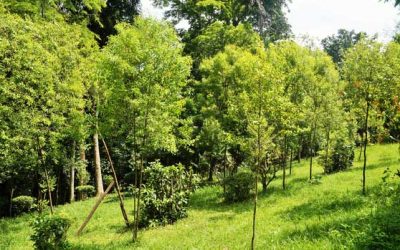
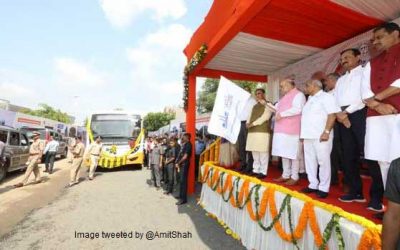

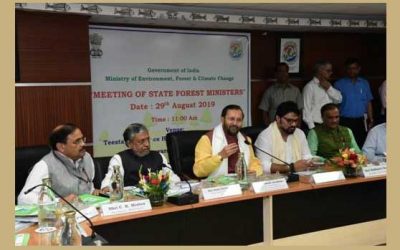

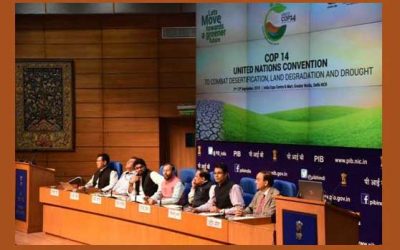
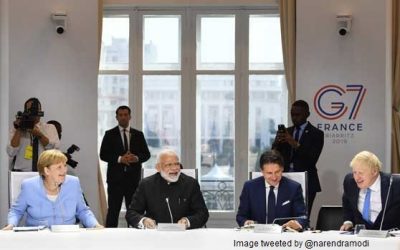
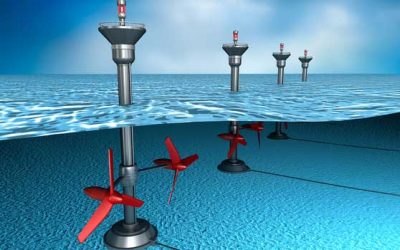
0 Comments